On April 25, Republican deputy Stephan Schubert denounced that a drone delivered last December to Carabineros for reconnaissance and surveillance tasks in the Southern Macrozone—representing a multi-million-dollar government investment—had yet to become operational. He blamed the delay on the late delivery of necessary permits by the General Directorate of Civil Aeronautics (DGAC).
Specifically, two Camcopter S-100 drones were handed over to the uniformed police on December 13, 2024, by then-Interior Minister Carolina Tohá, alongside Carabineros' General Director Marcelo Araya, during a ceremony at the Public Order Control (COP) police station in Pailahueque, Ercilla commune, La Araucanía Region.
According to the government, these unmanned vehicles were acquired for a total of $6,973,734,425 from the Austrian company Schiebel Aircraft GmbH, using funds from the Undersecretary of the Interior.
In this context, Deputy Schubert stated that, more than four months after delivery, the aircraft had not entered operation "due to the lack of necessary permits issued by the General Directorate of Civil Aeronautics (DGAC)." Consequently, he sent an official letter to the Ministry of Defense seeking explanations from the government.
On April 27, the DGAC responded via a statement, clarifying that "both RPAS/drones hold a valid airworthiness certificate issued by the DGAC," meaning that "from a technical standpoint, the RPAS/drones face no obstacles for use by Carabineros de Chile."
They added that, under these conditions, the aircraft "are operating normally in coordination with DGAC air traffic control units."
However, in statements to La Tercera, the agency under the Chilean Air Force (FACh) reported that authorization for the Camcopter S-100 drones' flights was only granted on April 3 "after a qualification process and fulfillment of technical requirements by Carabineros."
They emphasized that, as this was the first time a drone of this kind arrived in the country, "the qualification time for operational approval is longer than for a standard drone," given its "unique characteristics and capabilities, which complicate the technical, administrative, and operational analysis of this specific aircraft."
"This is in addition to Carabineros de Chile's internal processes to train their personnel in the safe use of these aircraft and the required coordination with DGAC Air Traffic Control Centers," they concluded.
For their part, Carabineros confirmed to this outlet that the Camcopter S-100 drones "are now operational after meeting all technical and administrative requirements set by the DGAC."
However, they noted that, as "strategic assets," details about their operation and deployment in the Southern Macrozone cannot be disclosed.
Deputy Schubert: "Government Did Not Prepare the Path or Prioritize It"
Today, Deputy Stephan Schubert told this outlet that he is still awaiting a response to his official letter to the government but acknowledged recently learning that the drones had obtained the necessary permits to operate.
He claimed this was confirmed by the DGAC itself and by Carabineros' Araucanía Public Order Control (COP) Zone Chief, General Cristián Mansilla.
Despite this, he reiterated his criticism of the delayed qualification process, which kept these technological assets grounded for four months.
"The drone is flying, but it only started flying last Tuesday," the lawmaker stated.
"My criticism has been directed at the authorities, who invested so many millions in something so necessary and urgent. They had technical specifications—this drone was highly technical. So, why didn’t they prepare in advance, knowing the DGAC would have to authorize a unique flying object? It’s neither a common drone nor an airplane, requiring special regulations. The authorities knew this, so I don’t understand how this investment was made only for it to sit idle for a quarter of a year, despite everyone knowing this authorization was needed," he emphasized.
On this matter, he believes "the DGAC should have been strengthened—there’s also a staffing issue there. But the government should have taken the lead, providing these files and declaring, ‘This is top priority, so this drone can fly within weeks, not four months.’"
"Meanwhile, we had summer wildfires, the burning of 50 machines (at the Rucalhue power plant)—we’re in a terrible security situation. $7 million was invested, personnel were trained in Europe late last year and were ready, but the DGAC permit wasn’t there because the path wasn’t prepared, as it should have been, nor did the government prioritize expediting this."
Features of the Camcopter S-100
The Camcopter S-100 drone has a versatile and autonomous system designed for reconnaissance and surveillance in both terrestrial and maritime environments.
The device features vertical takeoff and landing, eliminating the need for launch and recovery equipment or specialized operating spaces, allowing flexible use in various scenarios.
The aircraft is 3.11 meters long and 1.12 meters high, weighs 114 kilograms, can fly up to 185 km/h, and has a six-hour endurance.
Additionally, the Camcopter can simultaneously transmit up to four video channels to the control station and provides integrated video storage and processing for time-delayed transmission.
The drone enables full mission planning with integrated maps and can be controlled autonomously or semi-autonomously, where an operator has direct input in procedures.
The technological innovation prompted training at Schiebel’s facilities, where operator trainees and Carabineros personnel responsible for maintenance were instructed on the Camcopter’s operation.
Source:La Tercera


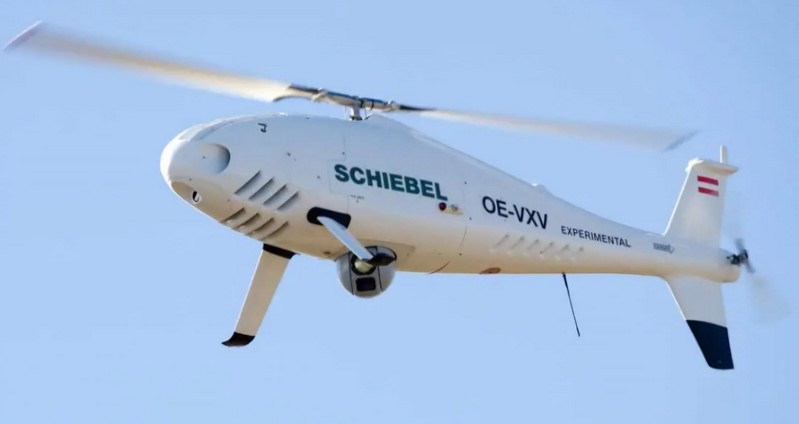
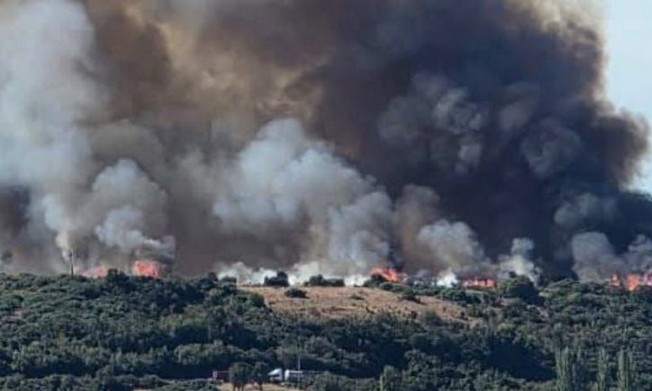
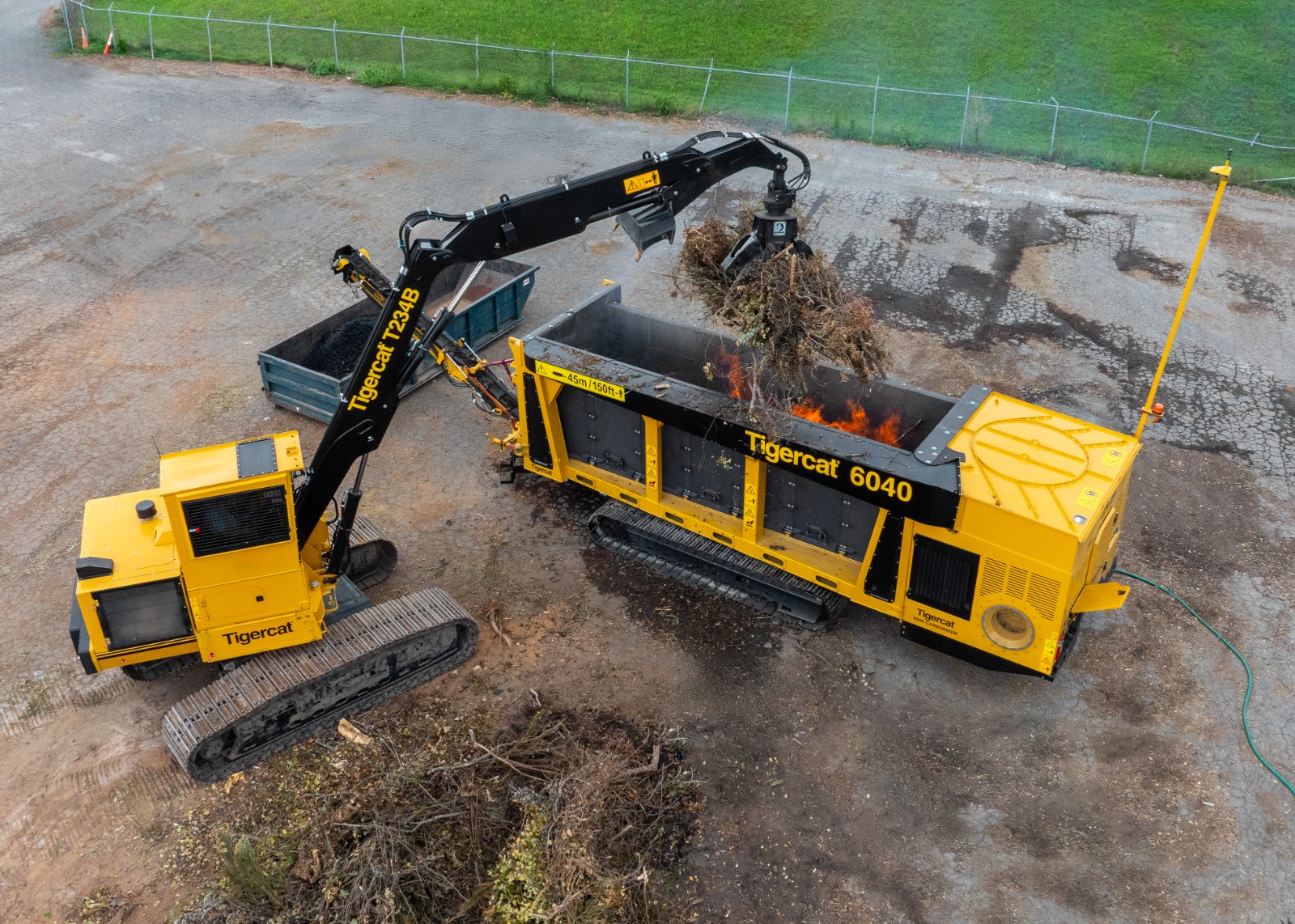
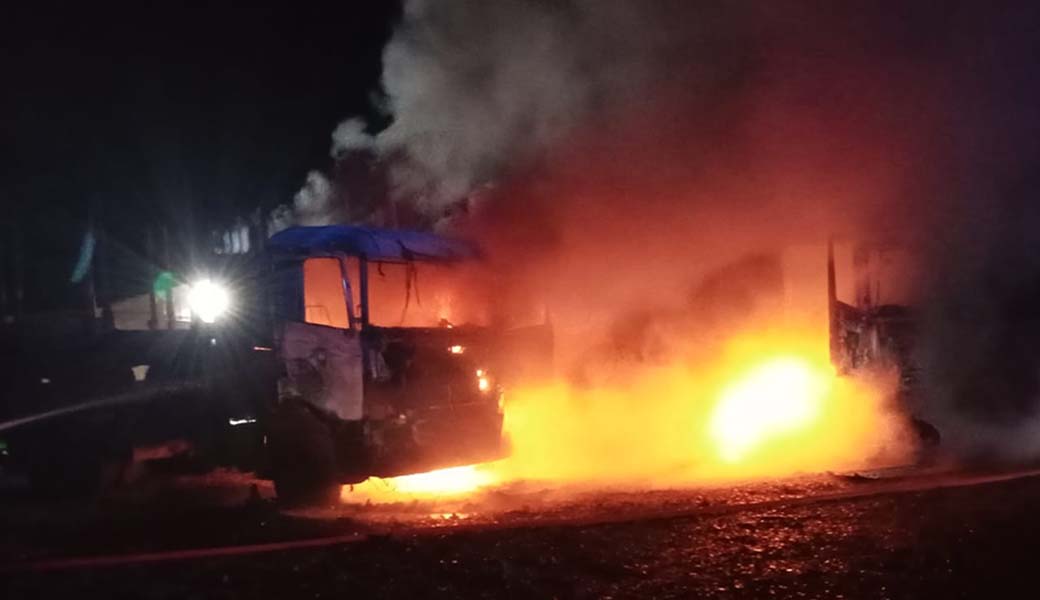
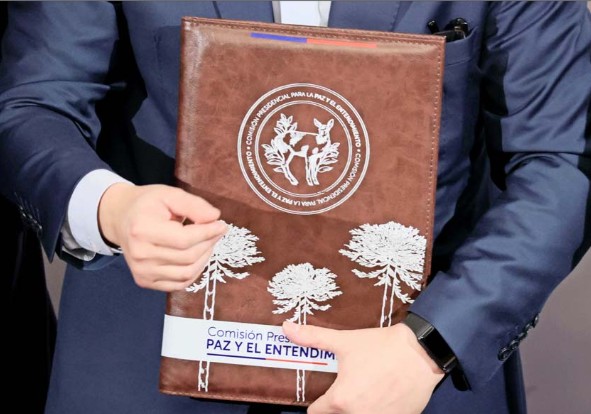
Comments (0)
No hay comentarios aún. ¡Sé el primero en comentar!
Deja un comentario